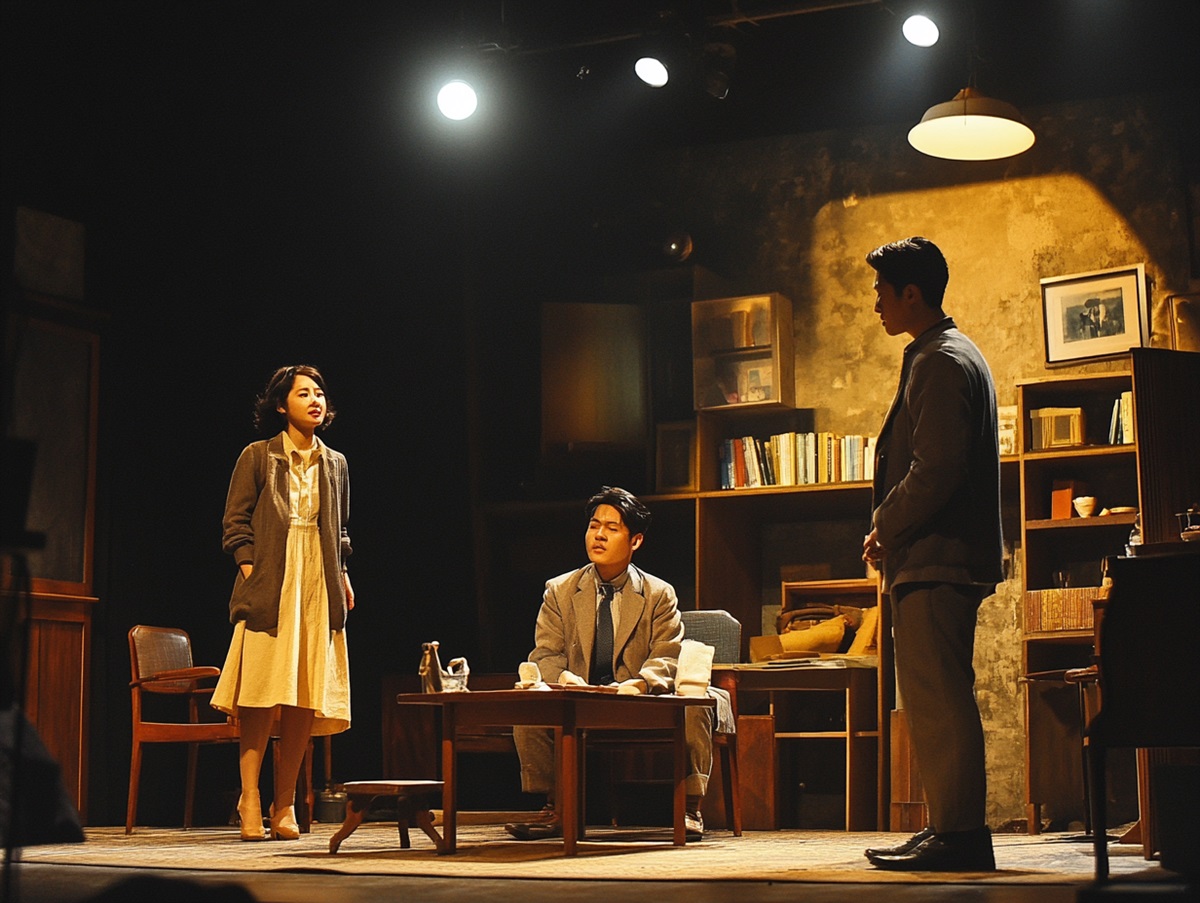
Concealed in the busy streets of Macau, a soft voice whispers of a richly woven cultural tapestry. Known as Patuá, this Creole language uniquely blends Portuguese and Cantonese, with influences from Malay, Sinhalese, and Indian languages. Although it is endangered, Patuá remains a powerful symbol of Macau’s multicultural heritage and the resilience of its people.
Origins of Patuá
Patuá has its roots in the 16th century when Macau was a colony of Portugal. As Portuguese merchants, missionaries, and settlers interacted with local Chinese communities, a linguistic fusion emerged. Over time, this pidgin evolved into a Creole, absorbing vocabulary, grammar, and expressions from the many diverse populations that passed through Macau.
The Melodic Nature of Patuá
Often called “the sweet language of Macau,” the charm of Patuá lies in its musicality. Its poetic, rhythmic flow emerges from the soft melding of words drawn from various cultures. Its sentence structure and phonetics are largely influenced by Cantonese, although its core vocabulary is rooted in Portuguese. For example:
“Qui sua boca cai não comece lenga-lenga.” (One who falls must not cry.)
Such expressions reveal Patuá as an ironic, warm language that embodies both the humor and practicality of its speakers.
A Cultural Treasure on the Brink
Tragically, UNESCO has ranked Patuá as critically endangered. With fewer than 50 fluent speakers—primarily from the older generation—there is an urgent need to preserve it. Younger generations typically do not speak Patuá; instead, they grow up more influenced by Cantonese, Portuguese, and English.
Despite these challenges, efforts to revive Patuá are already underway. The annual Semana Cultural Macanense promotes theatrical plays in Patuá, known as Teatro Patuá. These plays not only highlight a linguistic heritage but also celebrate a distinct community identity.
Why Patuá Matters
Patuá is more than a way of speaking; it embodies the spirit of Macau’s multicultural past. Preserving it is essential for safeguarding the legacy of the Macanese people, who have long served as intermediaries between East and West. By supporting language revival initiatives, we maintain a vital connection to this shared cultural history.
How You Can Help
Even if you are far from Macau, you can still contribute to the preservation of Patuá:
- Learn About Its History: Delve into the fascinating history of Macau and discover how Patuá evolved over time.
- Support Macanese Arts: Watch Teatro Patuá performances online or attend cultural events that celebrate Macanese traditions.
- Spread Awareness: Share the story of Patuá with others to spark interest and encourage support for its survival.
In a world where languages are becoming extinct at an alarming rate, Patuá reminds us of the beauty and strength of cultural diversity. By preserving it, we safeguard not only the past but also the promise of a vibrant, interconnected future.
Discussion
Have you ever heard of Patuá? Share your thoughts or experiences with this magical language in the comments below!



